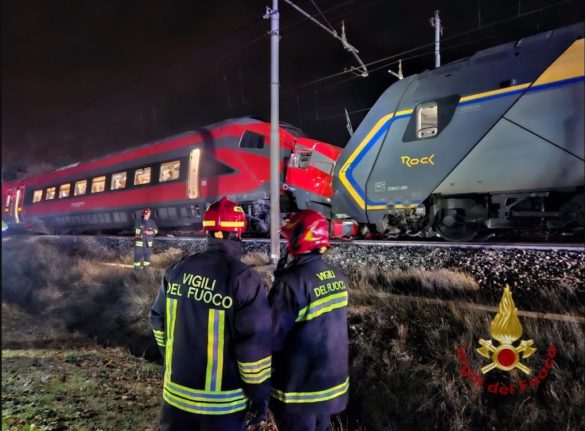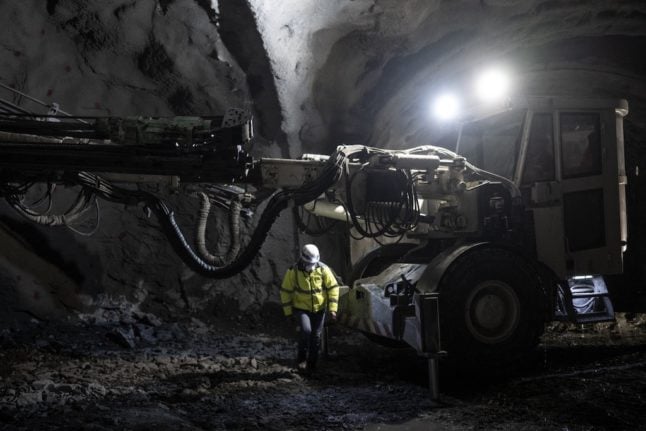The accident between a high-speed train and a regional train occurred on the line between Bologna and Rimini, specifically between the city of Faenza and commune of Forli, the fire service announced on social media, saying at least 17 people were injured.
But a spokesman for national train operator Trenitalia told AFP there were only “minor injuries”, saying most were bruised.
“It was a collision at very low speed,” he said, adding that an investigation was underway into what happened.
Photos published by firefighters showed the two trains had crashed head on, but the front of the regional train was still intact.
READ ALSO: Italy hit by rail strikes in protest over fatal train crash
Transport minister Matteo Salvini, who is also deputy prime minister, said he was following the situation and also confirmed the injuries were minor.
He said he was seeking rapid information on what happened, and potential responsibility.
The crash came three months after five railway workers died after being hit by a train during overnight maintenance on the Milan-Turin line on August 31.
READ ALSO: Five maintenance workers killed in northern Italy train accident
The previous deadly accident on Italy’s railways was in 2020, when two rail workers died and 31 passengers were injured when a train derailed before dawn near Lodi, south of Milan.
And in January 2018, three women died and about 100 people were injured when a packed train derailed near Milan, an accident blamed on poor track maintenance.





 Please whitelist us to continue reading.
Please whitelist us to continue reading.
Member comments